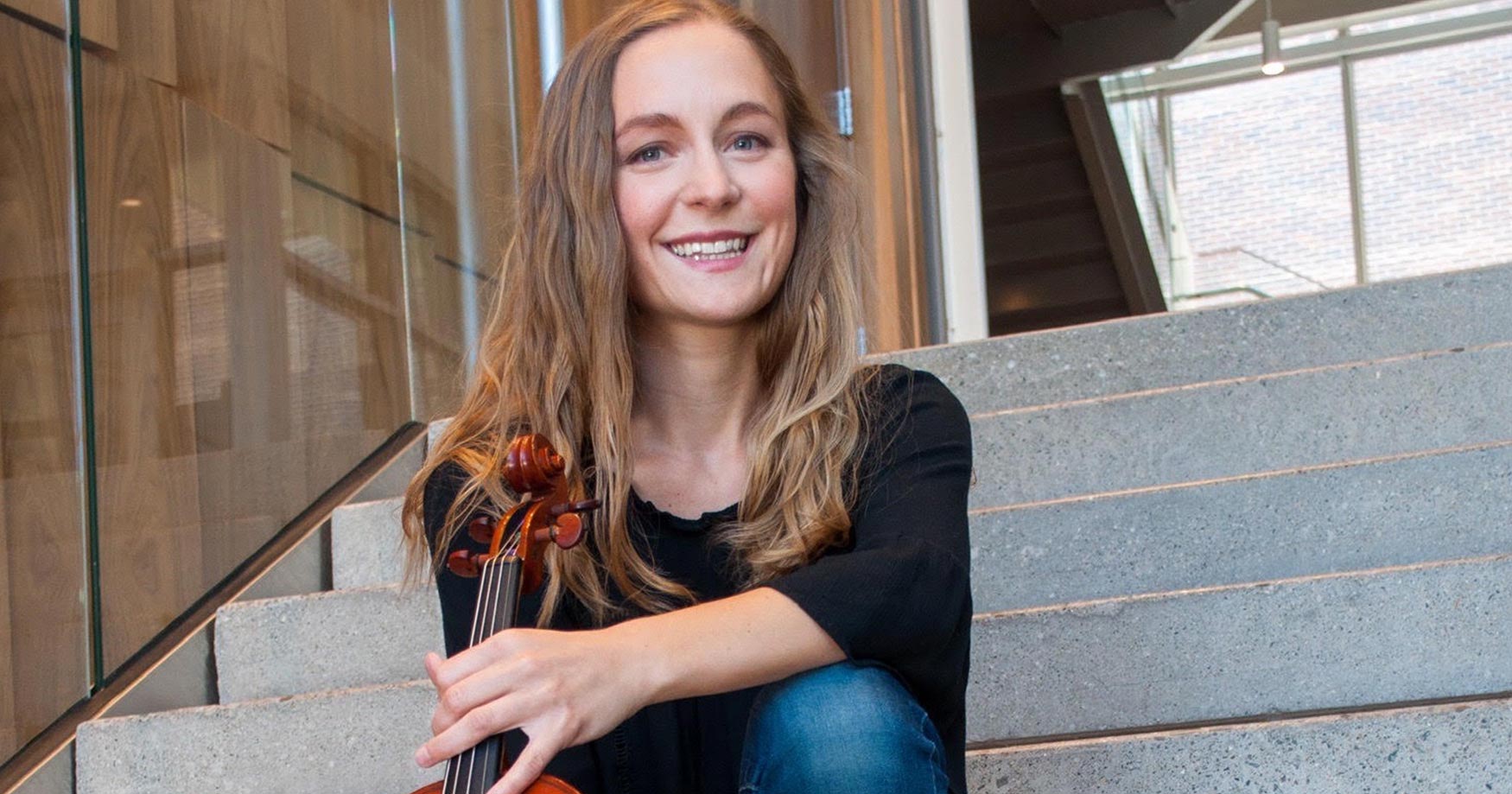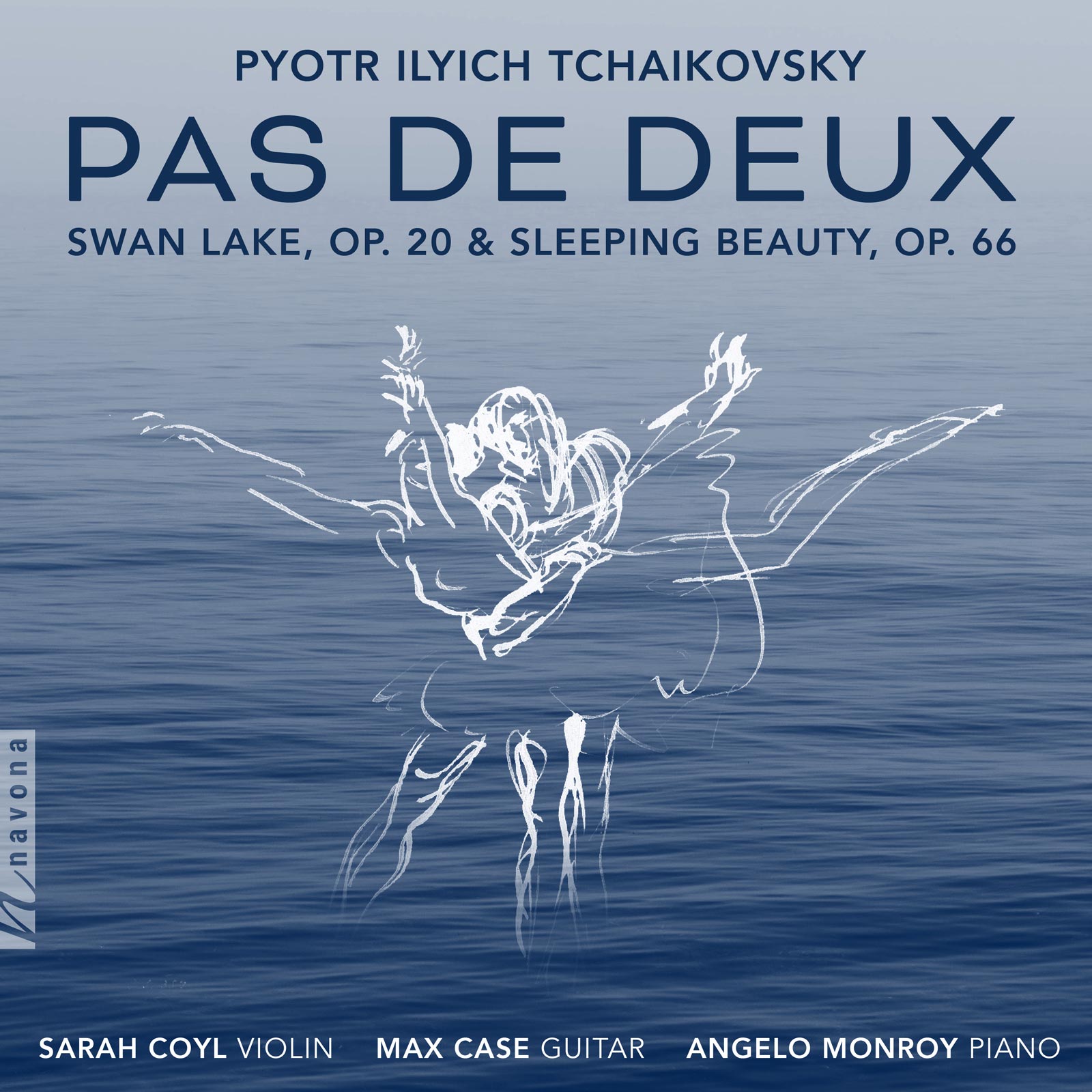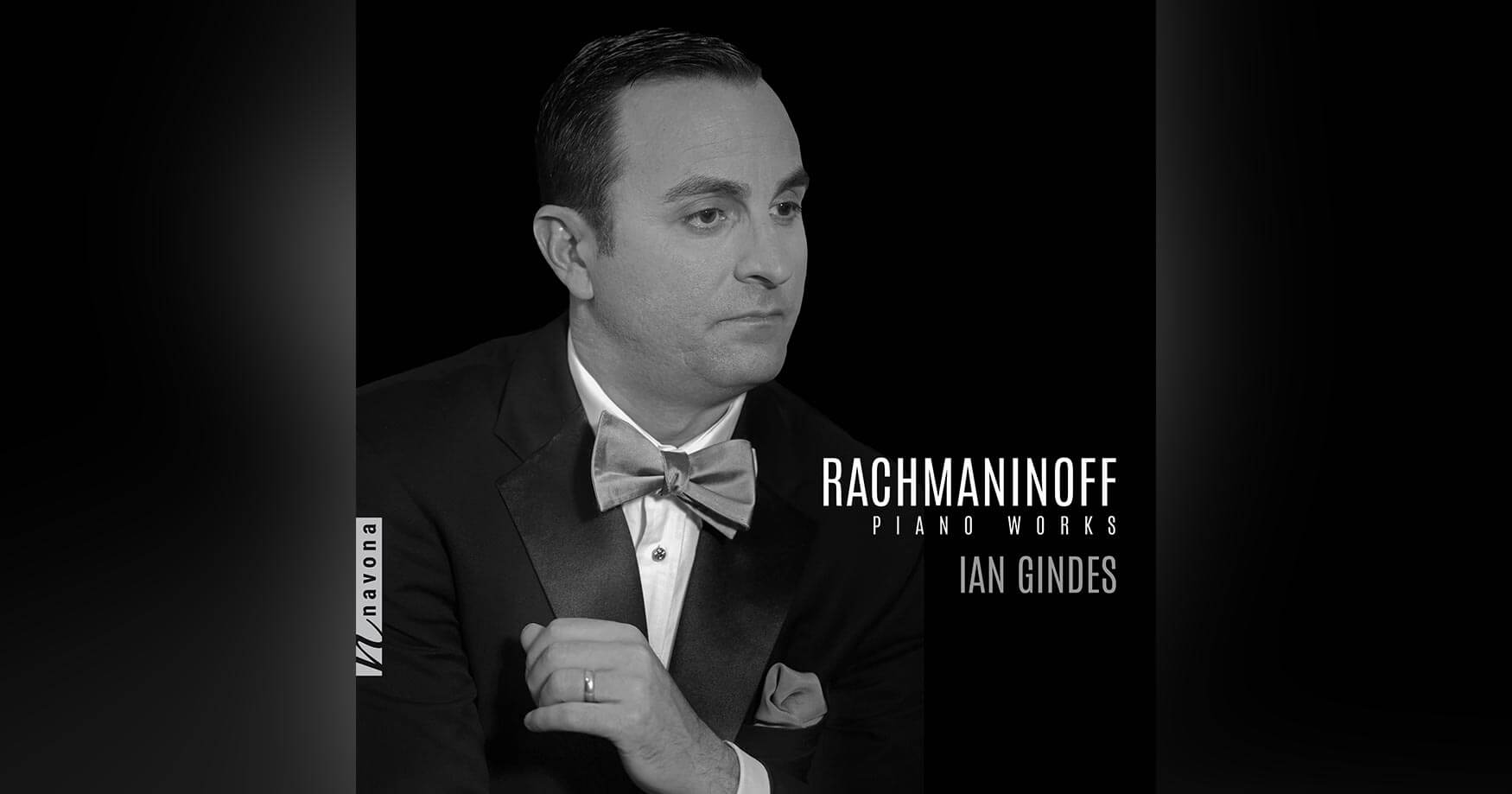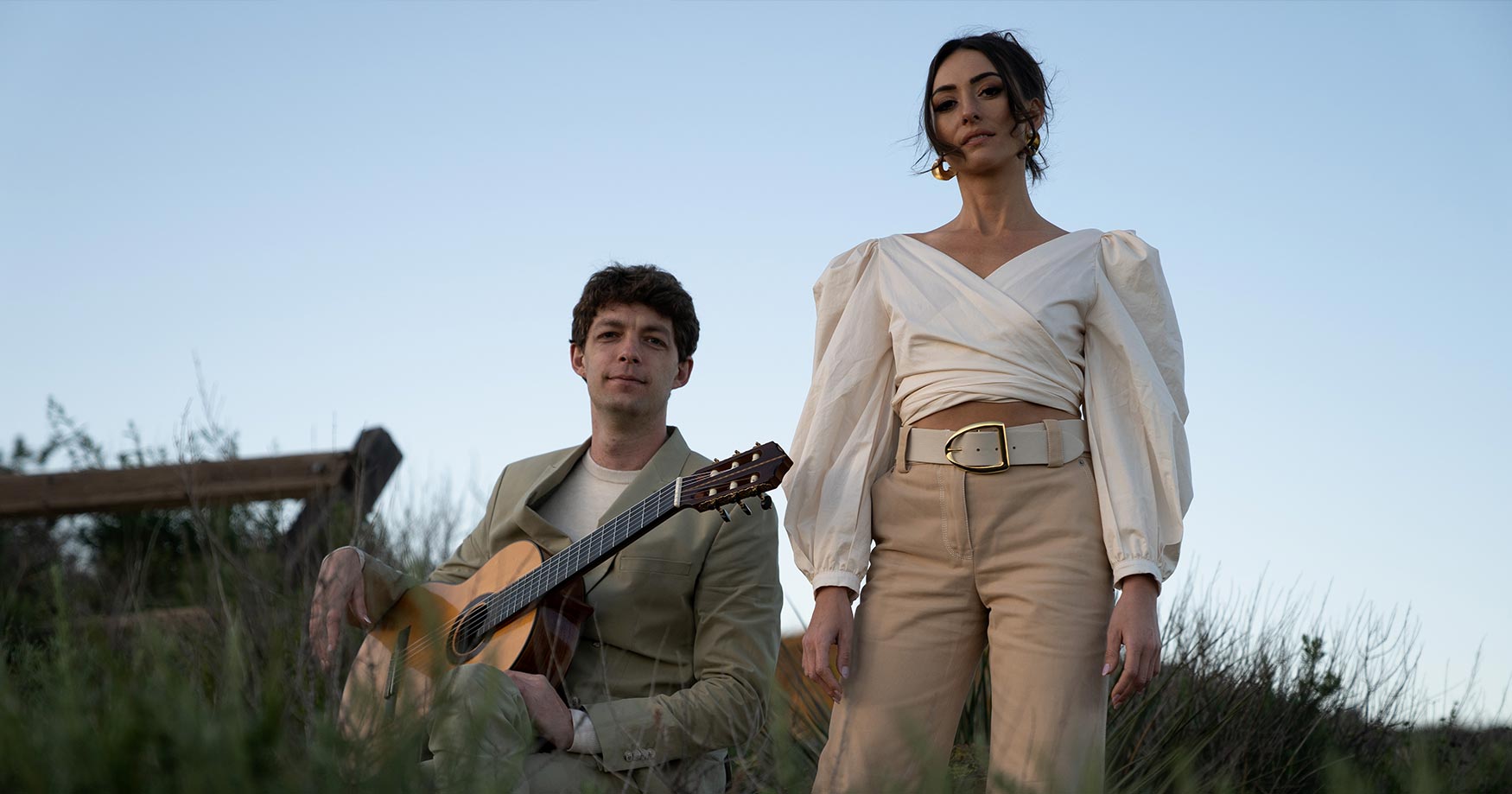Talented violinist and arranger Sarah Coyl presents Tchaikovsky’s well-loved melodies in a new light on PAS DE DEUX, re-setting the Russian composer’s works for unprecedented setups – in this case, the violin-guitar duo and the violin-guitar-piano trio. The result is an album that is still very reverently Tchaikovsky – but seen from a fresher, more youthful angle.
Today, Sarah is our featured artist in “The Inside Story,” a blog series exploring the inner workings and personalities of our composers and performers. Read on to learn about her diverse rotation of musical listening material, and the sound advice she has for artists who strive for perfection…
If you could collaborate with anyone, who would it be?
Collaborating with a ballet company would be a dream. I used to fantasize about working with a choreographer to turn Tchaikovsky’s Violin Concerto into a ballet — the writing lends itself beautifully to dance and narrative. The advent of the pandemic gave birth to some smaller-scale ideas as well: I would love to arrange a ballet for chamber ensemble with a small cast, something like Stravinsky’s L’Histoire du Soldat.
Take us on a walk through your musical library. What record gets the most plays? Are there any “deep cuts” that you particularly enjoy?
I’ve always tended to stay with one or two artists at a time. The Clash’s London Calling and reggae artist Peter Tosh’s Mama Africa created the soundtrack of my time riding the school bus as an angsty teenager. Thus began my value of politically-charged music; in college, Pink Floyd and Kendrick Lamar captivated me for their incorporation of narrative into their albums. I still remember when I heard The Trial, an unhinged track from The Wall, for the first time. I was disturbed in the best way possible. Alongside this, I’ve always enjoyed K-Pop, with BIGBANG being my favorite boy band. ABBA has a special place in my heart for their melancholy-yet-danceable sound; tracks from Super Trouper will always find their way onto my party playlists. My boyfriend (Angelo, the pianist on this album) turned me onto saxophonist Jeff Kashiwa — his album Simple Truth is a deep cut that I think everyone should listen to.
How have your influences changed as you grow as a musician?
As you likely noticed from my music library, classical music wasn’t always a prominent influence for me. My experience playing in the pit orchestra for ballet marked a growing fascination with the classical tradition. I’m shamelessly drawn to the melodrama of ballet music. In the absence of dialogue or lyrics, the orchestra has the task of getting the audience to feel the emotions being presented by the dancers on the stage. In classical music, there are so many subtleties in the writing that rely on the performer to bring out. This means that the musician’s instrument can’t present a barrier to musical expression, which of course requires excellent technique. As of late, I’m deeply inspired by world-renowned violinists and pedagogues: Nathan Cole, First Associate Concertmaster of the LA Phil, has created so many resources that have been monumental and motivational in improving my technique and not feeling bad about being “late to the game.” I study performances, always making mental notes when the Reno Phil brings in violin soloists. I’m captivated by Janine Jansen’s bow arm, Hilary Hahn’s multifaceted approach to practice, and Nancy Zhou’s deep ruminations on bringing an interpretation to life.
What were your first musical experiences?
My family introduced music to me not as a career path, but as an integral part of life. As a small child, my dad would play guitar and make up silly songs for my sisters and me. My grandfather would always play the piano for us, pulling out American Songbook classics by ear in a wonderfully nostalgic stride-piano style. My dad had a small keyboard that he brought out of storage when I first started expressing an interest in music, and I had fun picking out songs by ear, experimenting with different chords and synth patches. In early grade school, my music teacher showed the class a video adaptation of Prokofiev’s Peter and the Wolf, and I remember being fascinated by the different families of instruments. Soon after, a local middle school orchestra performed for my elementary school, and I knew right away that I wanted to play the violin. After a few years of lessons, I started playing with my church choir, and was invited to play in the orchestra for Handel’s Messiah in fourth grade. Collaborating with other musicians has always brought me the most joy.
How do you prepare for a performance?
On performance days, I try to treat myself like an athlete preparing for a game. I make sure to eat well (even if adrenaline has suppressed my appetite), limit caffeine, and drink plenty of water. I meditate to practice gratitude, reminding myself what a blessing it is to get to perform. When anxiety creeps in, I remind myself of all the preparation I’ve already done in the weeks or months leading up to the performance, and I think of something Helen Kim (Associate Concertmaster of the Seattle Symphony) told me: what we do isn’t brain surgery: no one is going to die if you make a mistake. I think it’s important for musicians to remind themselves that perfection isn’t the goal, and that we perform better when we take that pressure off of ourselves!
Where and when are you at your most creative?
I’m most creative when I’m inspired by something I hear. I find myself drawn to arranging music because as a classical musician, I’m trained to recreate art: the goal of the craft is to convey the composer’s ideas as thoroughly as possible. Arranging opens up an opportunity to cast an old composition in a new light. It’s similar to the film industry’s use of classic stories and plays in modern adaptations (take Romeo and Juliet). Originality for originality’s sake doesn’t interest me; I find my own unique voice by expanding on the traditions I come from. When I hear emotionally evocative music, satisfying timbres and textures, or a catchy melody, I often imagine the piece in a different setting that would highlight the element that stands out to me. With PAS DE DEUX, I was intrigued by the folktale origins of the stories of Swan Lake and Sleeping Beauty. I wanted to hear the music with an American folk instrumentation, thus the acoustic guitar. I was also impressed with Tchaikovsky’s harmonic writing, which shares a lot of similarities with the Black American tradition of jazz, making me want to hear whether Tchaikovsky’s melodies would translate to this style.
Explore Sarah Coyl’s Latest Release
PAS DE DEUX
PAS DE DEUX is available now from Navona Records. Click here to visit the catalog page and explore this album.
The views and opinions expressed in this post are those of the artist and do not necessarily represent or reflect the views and opinions held by PARMA Recordings LLC and its label imprints, subsidiaries, and affiliates.




